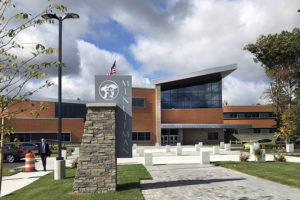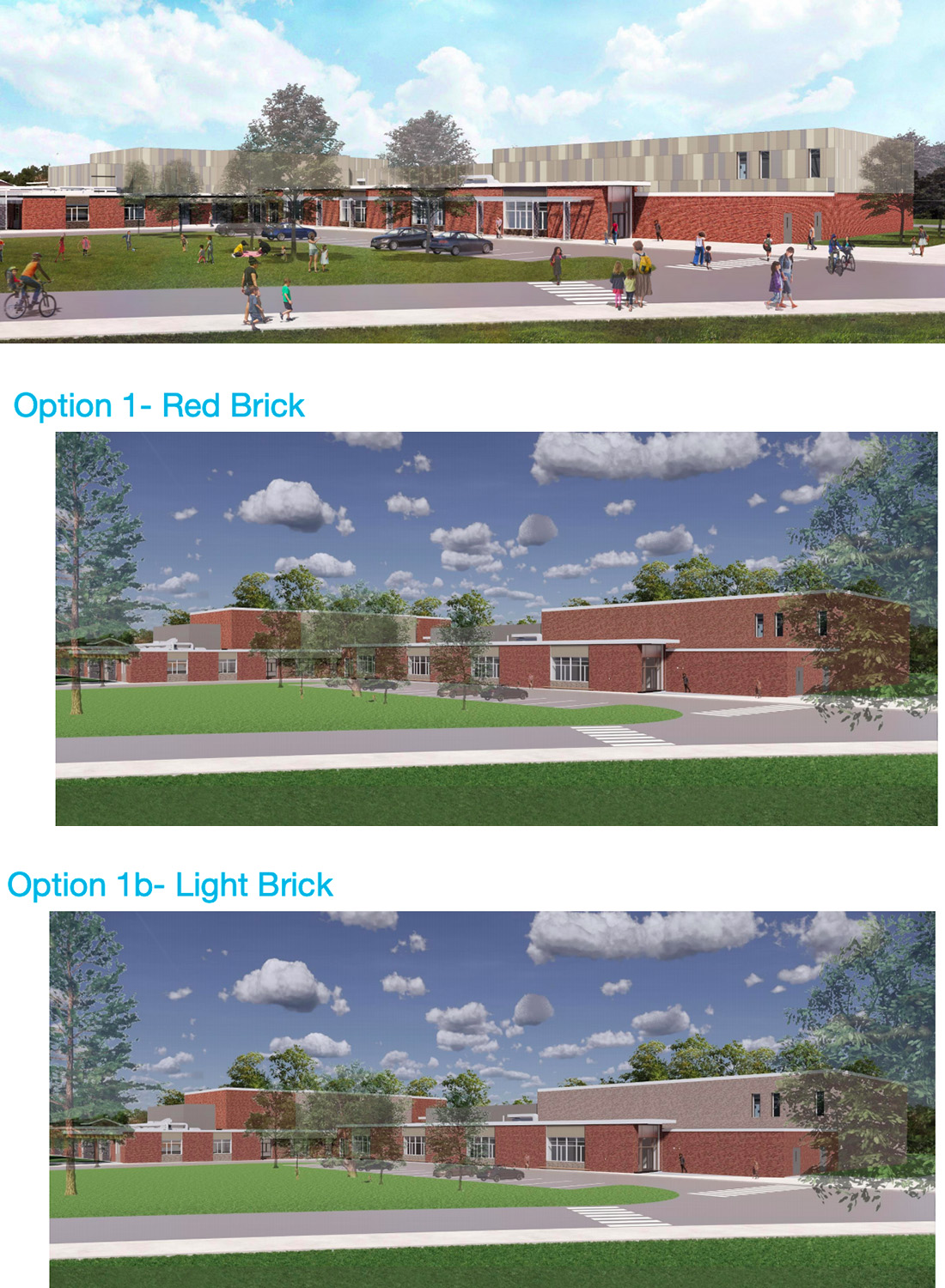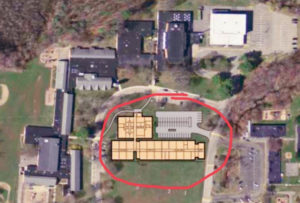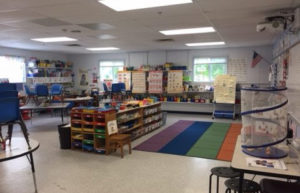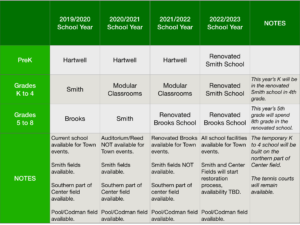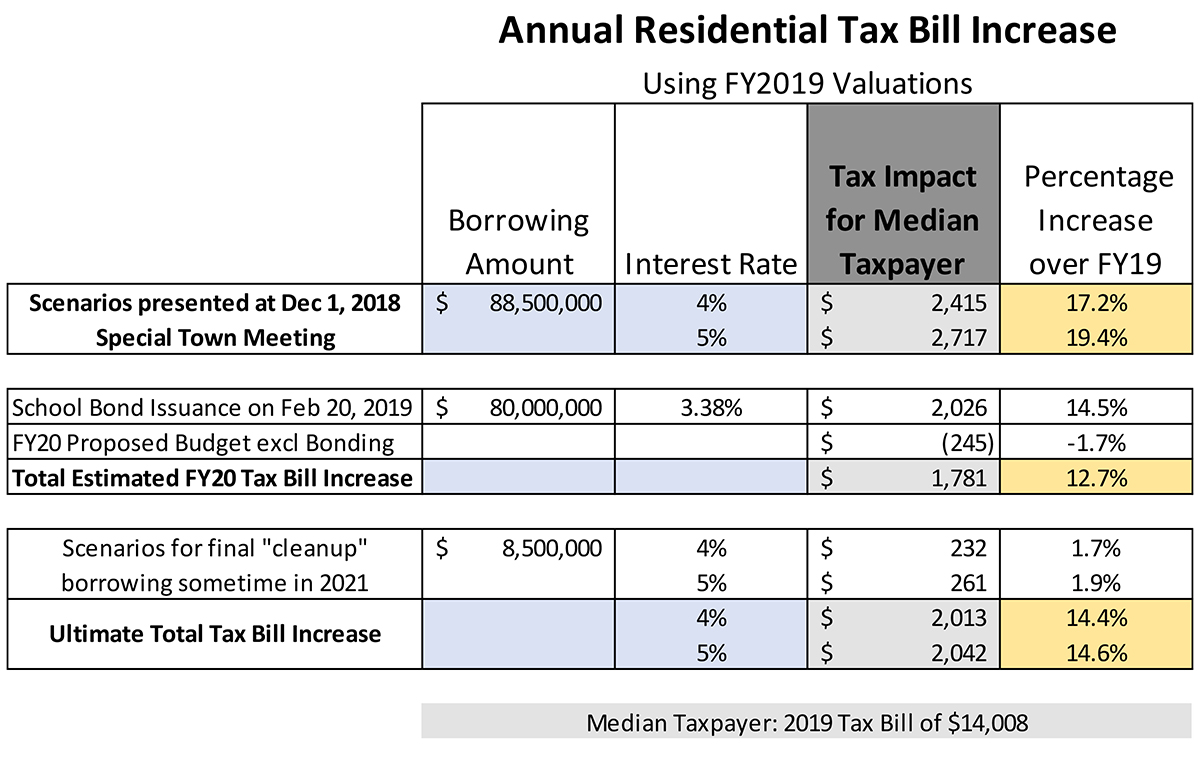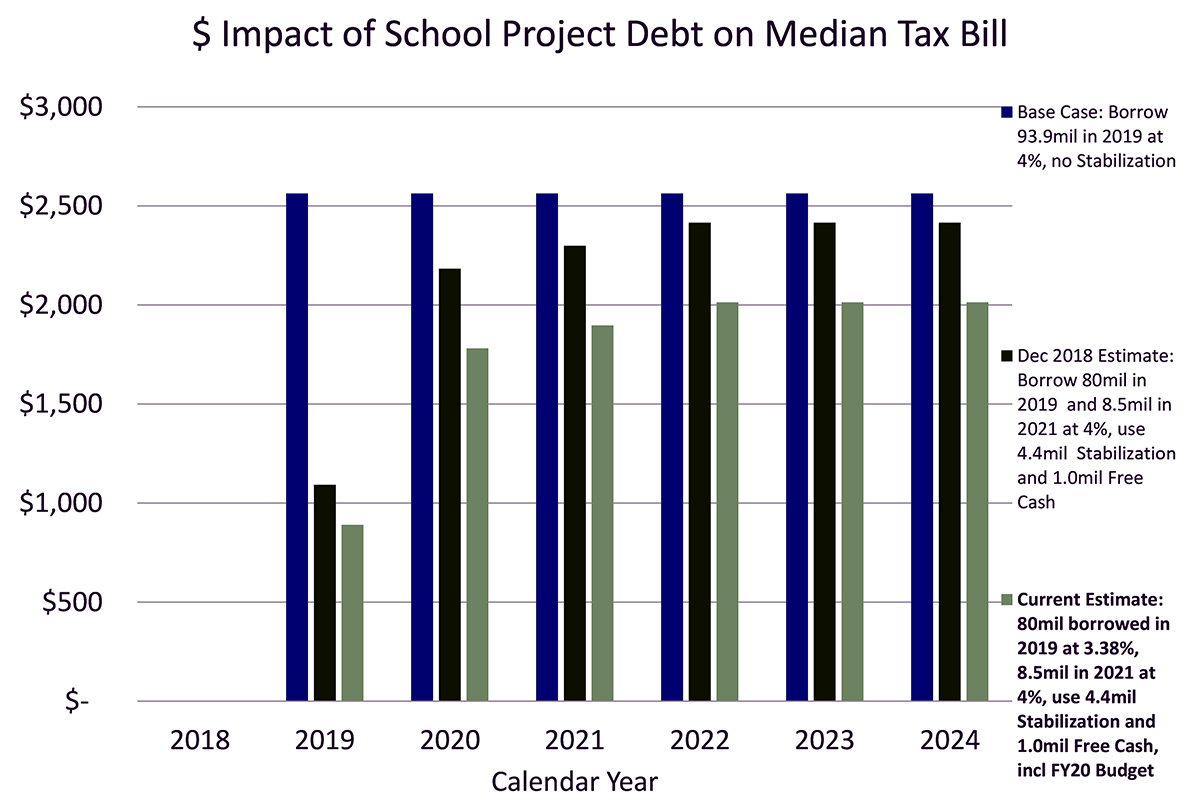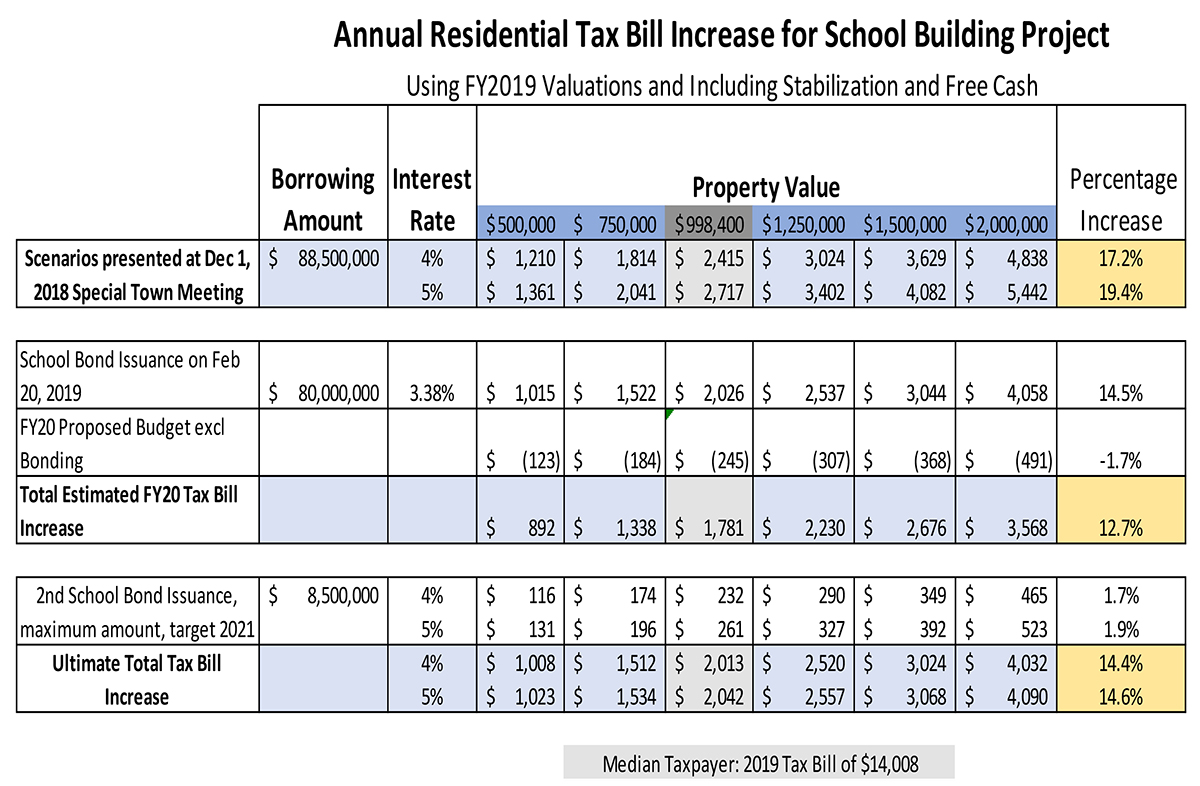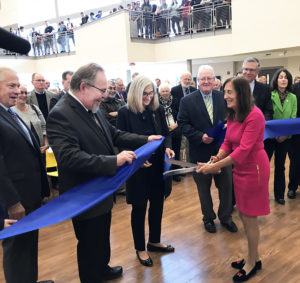
Minuteman Superintendent-Director Edward A. Bouquillon holds the ribbon and State Treasurer Deborah Goldberg makes the cut at the new school’s opening ceremony on October 4. With them are Needham Selectman Dan Matthews (far left), State Sen. Cindy Friedman (center), MSBA executive director Jack McCarthy, Minuteman School Building Committee chair Ford Spalding of Dover, and State Rep. Michelle Ciccolo. (Photo by Alice Waugh)
By Alice Waugh
The new Minute Man Regional Vocational Technical High School in Lincoln was officially dedicated last week at a ribbon-cutting attended by hundreds of students, staff, officials, and friends.
The event capped a sometimes rocky road for the project. Several of the original 16 towns in the Minuteman district, including Lincoln, withdrew largely due to the $145 million price tag for the new building ($44 million of which was provided by the Massachusetts School Building Authority). Eight years after submitting its initial statement of interest to the MSBA, the project won approval in a district-wide vote in 2016, and construction got underway in June 2017. Students began using the school this fall after construction was finished a year ahead of schedule and $3 million under budget.
There was debate over the projected enrollment during discussions several years ago; towns and the MSBA settled on 628 students in grades 9-12, several hundred fewer than the former capacity. The new facility has proved to be popular — there’s already a waiting list, “and we have the largest freshman class in over 25 years,” Bouquillon said. Students from Minuteman district towns (Acton, Arlington, Belmont, Bolton, Concord, Dover, Lancaster, Lexington, Needham and Stow) get preference for admission.
Since 2002, Lincoln has sent anywhere from two to 11 students to Minuteman each year, though that figure includes post-graduate and part-time students. As of October 2016, Lincoln accounted for eight of the school’s 618 students.
Minuteman’s property straddles the Lincoln/Lexington town line. The old building was on the Lexington side and the athletic fields were in Lincoln, but they’ve now traded places. Fields and an athletic complex will be built after the old building is demolished starting next month, and they should be ready for use by fall 2021. The school is working on a financial model to develop and rent out athletic facilities when the school is not using them, as well as a public/private partnership for sharing some of the school’s indoor space such as labs.
The new facility reflects a sea change from how vocational education has evolved. In the 1960s when the school opened, the curriculum focused on trades such as carpentry, plumbing, cooking, and auto mechanics. Students can now choose from courses in areas including digital arts and design, biotechnology, environmental science, and robots and automation, as well as academic subjects and the traditional trades.
“We have built a school that lets us dream big and be brave. We have a place that gives us all a chance to answer the two critical questions we want our students to answer: what do I love to do and what do I do well?” said school superintendent/director Edward Bouquillon at the October 4 ceremony, which also featured a video showing the building and happy students and staff. “For those of you who have been with us since the beginning, I thank you from the bottom of my heart.”
